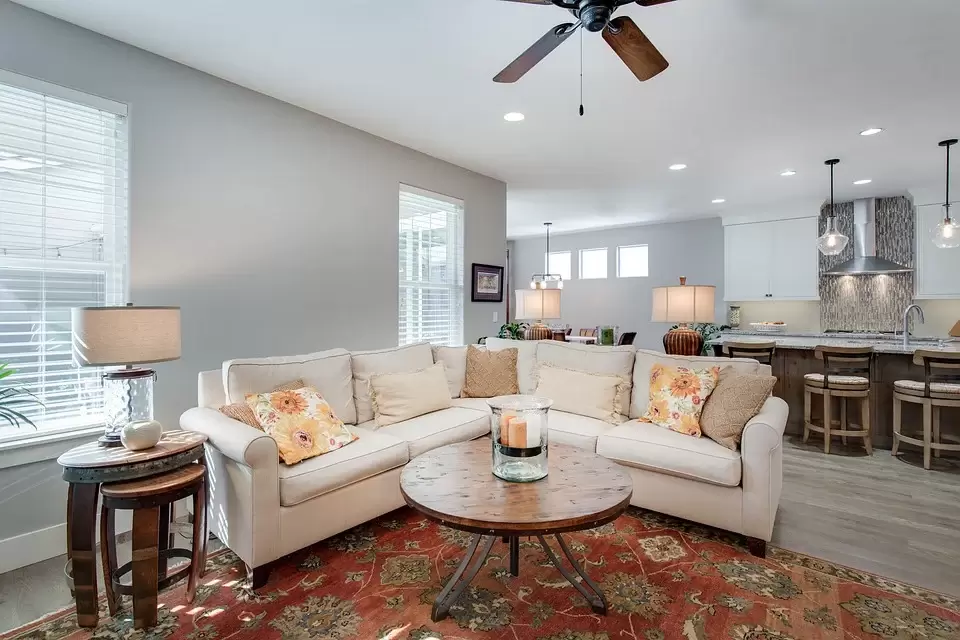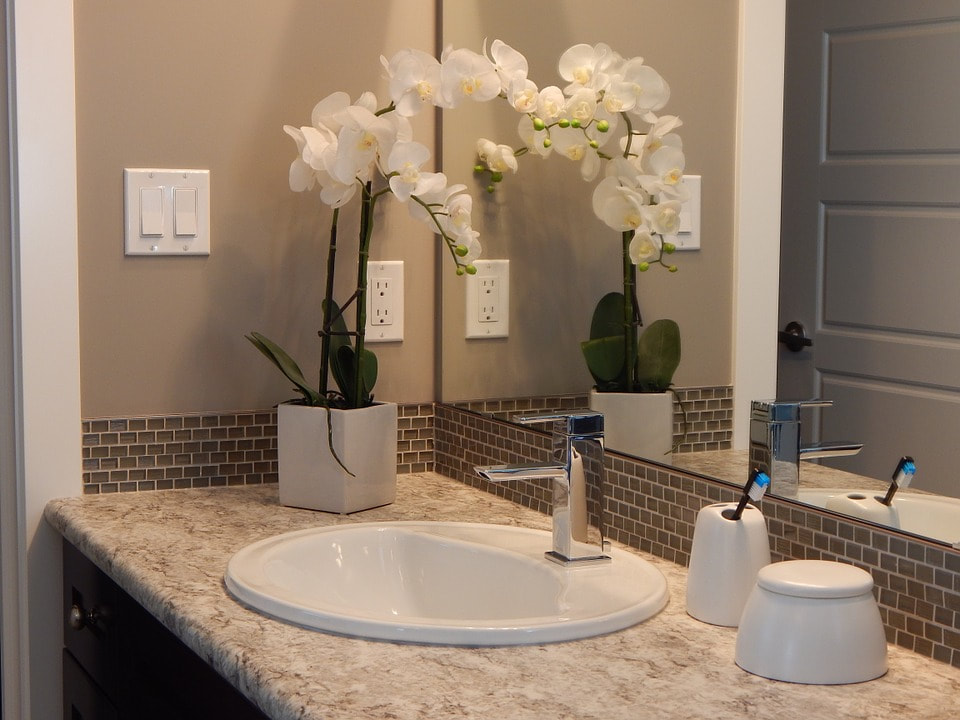|
|
|
This post contains affiliate links. Read my full disclosure here. Mounting evidence suggests that clutter can have a significantly negative impact on your mental and physical health. Studies show that those who live in a messy household with lots of clutter have higher levels of cortisol (a stress hormone) in their bodies than those who live in an organized space. While cortisol serves an important function in helping the body respond to imminent danger, overexposure to this hormone, resulting from extended periods of stress, can have serious mental and physical health implications. In addition to taking an emotional toll, prolonged stress can affect brain function in a variety of negative ways and lead to serious health problems such as high blood pressure, heart disease, obesity, and diabetes. The Relationship Between Clutter and StressThere are many ways in which clutter contributes to stress. These can be conscious or unconscious, so even if you don't think your clutter is impacting you, research suggests otherwise. A cluttered environment is distracting. Visual clutter saps our attention and impedes our ability to focus. In addition, an untidy space fosters a sense of guilt and unease. This is because our brains register clutter as a myriad of unfinished tasks, making it difficult to relax. Reduce Your Clutter and Reduce Your StressFortunately, there is much that can be done to reduce the impact of visual clutter in our lives from employing effective decluttering techniques to implementing various interior design strategies. Here are six ways to optimize the beauty of your home while simultaneously reducing visual clutter. Hang Mirrors Small spaces often feel cluttered, even if they aren't. Adding visual depth to a space can help negate this impression. In addition to their practical and decorative uses, mirrors create an illusion of space. Hanging mirrors in strategic places can help to reduce visual clutter. If the room containing a mirror is kept tidy, the aura of peace and calm is enhanced significantly. As an added benefit, mirrors also reflect natural light into a room, giving it a warm glow and making it feel more spacious and inviting. Select Right-sized Furniture for Your Space Having the right furniture to suit a room can help significantly with decreasing visual clutter. The size and placement of furniture are both important factors. A large overstuffed sofa or furniture suite will dwarf a small living room. A small bedroom will look cramped with a bulky bed frame and dressers. A heavy, chunky kitchen or dining room table will contribute significantly to visual clutter in all but the most spacious of rooms. To increase the perceived size of a room, opt for right-sized furniture pieces and arrange the furniture in ways that utilize the space and increase it's functionality and flow. Avoid blocking windows and walkways. Leave visual space around the pieces. All this can increase the perceived size of the room and reduces visual clutter. Choose Curtains Carefully Believe it or not, the type, style, and position of curtains can add significantly to a room's visual clutter. Heavy, dark curtains made from thick fabrics tend to add 'weight' to a space. While this is desirable in some settings, more often than not, it clutters the space by making it feel dark and closed in. Likewise, brightly colored, elaborately designed curtains can be distracting and increase the sense of clutter in a space. Poorly positioned curtains are equally burdensome to a space. A common practice is to hang curtains just above the windows, but this is a mistake. Doing so actually makes the ceiling appear shorter and the windows seem smaller. The good news is the solutions to these problems are simple. Try light-weight curtains in light, simply patterned fabrics and reposition your curtain rods. Buy new curtain rods online and hang them six inches to one foot above the top of the window. This will make your windows appear larger and your ceiling look higher. This space optimization reduces visual clutter and enhances the vibe of the room. Use Clear Containers in Your Kitchen A decluttering technique that adds rustic charm and character to your kitchen is to remove labels on advertisement-laden packaging and place the contents of certain products into clear containers. Alternatively, wooden or plain colored containers may suit the design of your kitchen a little more. Having a kitchen filled with attractive, clear storage containers rather than distracting boxes and packaging greatly reduces visual clutter and enhances the appearance of your kitchen. Clear Bathroom Countertops Bathroom countertops are notorious for collecting clutter. While it is convenient to keep grooming products close at hand, it doesn't take many to leave the space feeling overcrowded and messy. Try to keep countertops clear by maximizing under counter storage and drawer space. Consider adding shelving where attractive baskets and bins can conceal clutter while still keeping it easily accessible. Preserve Table Space
Clutter has a way of collecting on flat surfaces, but tables are not meant to be storage spaces. A cluttered surface not only looks messy, it makes using the item as it was intended frustrating, if not impossible. The temptation to pile papers and other things onto table and counter tops is real, but a little planning can alleviate the problem. Typically things that end up piled on the table are there because they do not have a permanent home or they need to be dealt with. Evaluate the kinds of items that tend to accumulate on your flat surfaces and establish a place for them to live. A wall-mounted mail sorter is great for organizing papers that require action. You might also look for a console table with drawers and a shelf underneath for storing other items you want easy access to out of sight. With a few simple tweaks, you can significantly impact the weight of visual clutter in your home. Try implementing these suggestions. This is a collaborative post. Read my full disclosure here.
10 Comments
12/28/2023 02:32:36 am
That is really nice to hear. thank you for the update and good luck.
Reply
7/2/2024 08:55:02 am
Thank you for this insightful post! The correlation between clutter and stress is eye-opening, and your practical tips offer tangible solutions to create a more serene home environment. The advice on using mirrors and selecting the right-sized furniture is particularly helpful. Keep up the great work in helping us all design healthier living spaces!
Reply
7/10/2024 06:25:52 pm
Thanks so much for your comments. I appreciate your remarks.
Reply
7/24/2024 02:48:47 am
Thank you for this insightful post on reducing visual clutter, Author! I appreciate the practical tips and clear explanations, especially the advice on using mirrors and right-sized furniture. It's incredible how such simple changes can enhance the sense of space and calm in a home. Your suggestions are both easy to implement and highly effective!
Reply
7/24/2024 08:41:16 am
Thank you so much for your comment. I'm so glad you found these tips useful. You are so right that simple changes can have a huge impact on the order, feel, and look of a space.
Reply
Leave a Reply. |
Archives
November 2022
Categories
All
|
Proudly powered by Weebly




 RSS Feed
RSS Feed